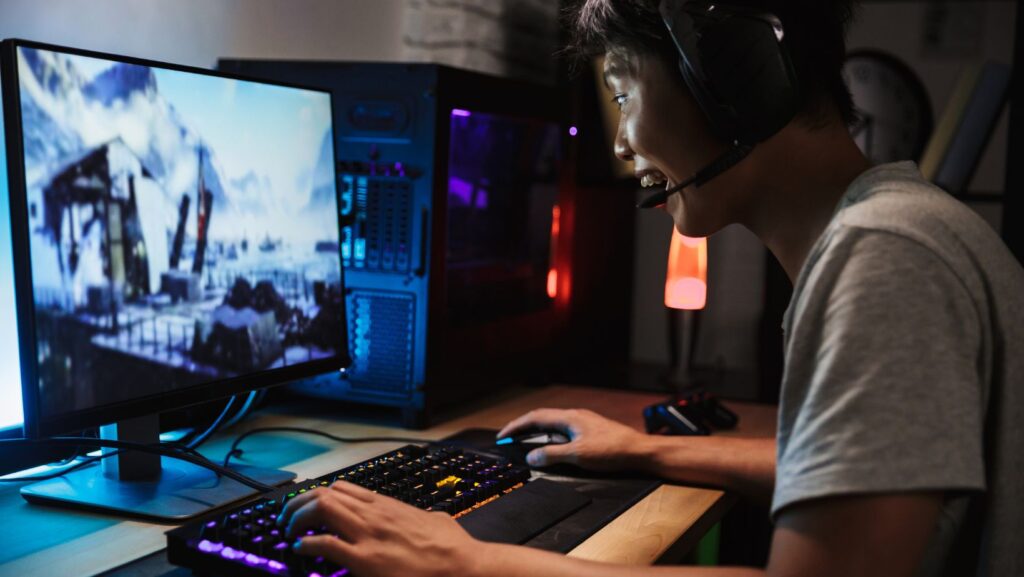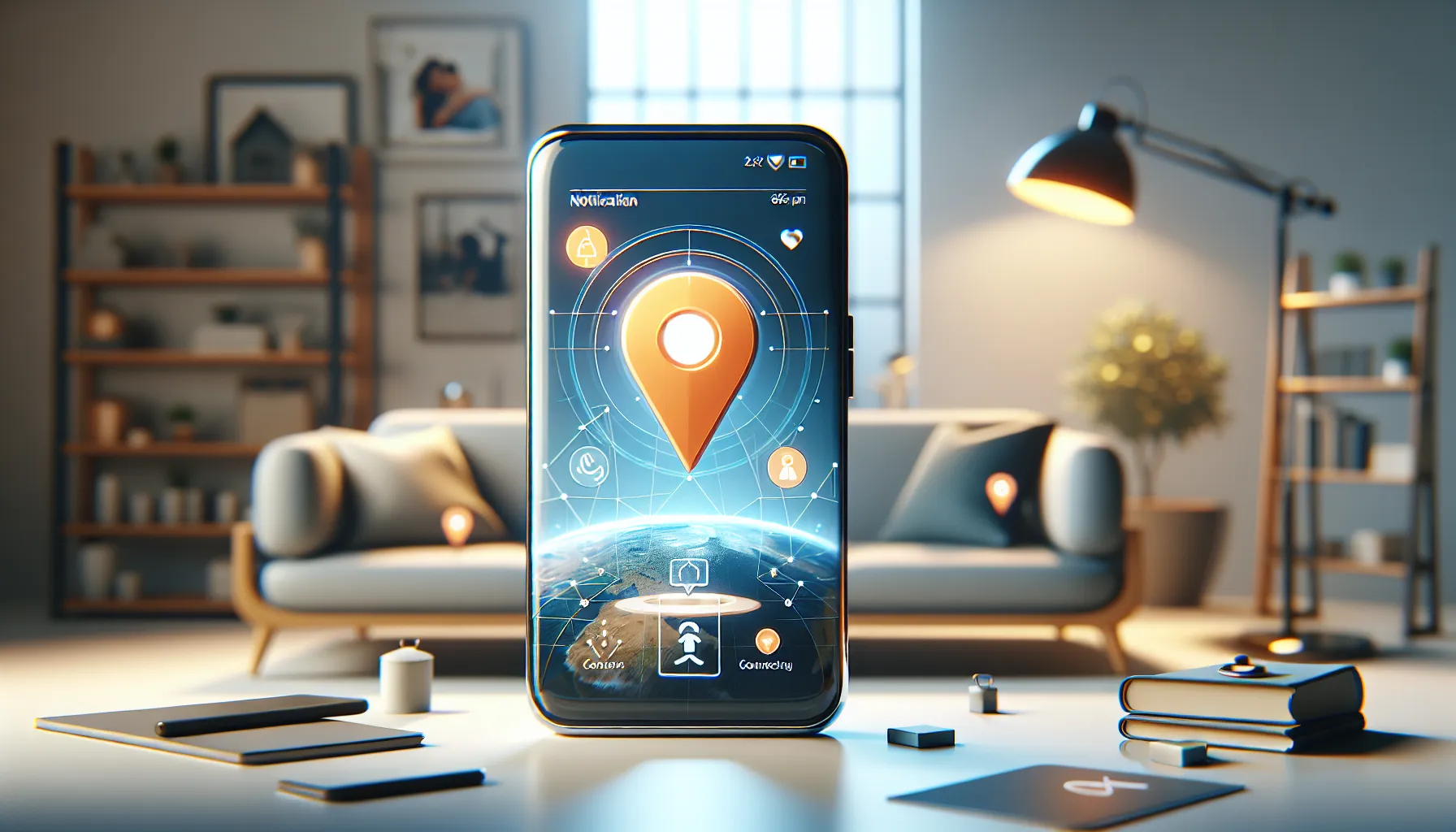
Choosing a monitor for gaming is sometimes much more difficult than choosing a video card, processor, or other components for the system unit. It would seem that the display does not affect performance, so you don’t have to bother with searching; take the one with larger diagonals and brighter colors. Alas, this is not the case at all because there are a lot of nuances and pitfalls in this matter. In this article, we will tell you what parameters to pay attention to when buying a display, and at the same time, we will try to identify the best gaming monitor right now.
Gaming Monitor Options
Diagonal
Many people mistakenly believe that a good monitor for gaming is one with a huge diagonal. This is not true at all: if you place a 40-inch display at arm’s length from the gamer, it will be impossible to focus on what is happening on the screen, and the head will constantly turn from one edge of the display to the other, which is why the neck will quickly get tired. The opposite situation:
- The player leans back in his chair, arms himself with a gamepad, and moves three meters away from the 19-inch monitor – in this case.
- It will be impossible to see small details.
- The eyes will quickly get tired from constant stress.
The simple answer is which diagonal to choose – the one that best suits your gaming spot (table and chair, if translated from gaming to human). The minimum diagonal for comfortable gaming is ~24-27 inches. For a standard screen distance of 40–80 cm, a diagonal of up to 32–34 inches is suitable. From 40 inches and above – an option for those who “move away” on a chair from the screen by one and a half to two meters or more or simply collapse on the sofa with a gamepad.
When selecting monitors for a full gaming experience, ensure they offer vibrant visuals and smooth refresh rates akin to navigating the immersive world of Bizzo Casino with a Bizzo Casino login, where every pixel counts in your quest for victory.
Screen Aspect Ratio
In the late nineties and the first half of the 2000s, the most popular screen format was 4:3, which is de facto rectangular but looks very “square” compared to modern monitors. The formula “4:3” means that the horizontal is related to the display’s vertical as 4 is related to 3, i.e. the horizontal is slightly longer. At the end of the 2000s, the 16:9 format began to gain popularity for stationary monitors – screens became more familiar and “rectangular”.
If you open the table of aspect ratios, you will notice that there are now many options. Feel free to skip all formats except the 16:9 standard – almost all “game” resolutions, like Full HD, 2K, 4K, etc., work with it. In some cases, when it comes to extra-long monitors that replace two or three standard ones, choose the 21:9 format. Still, if you want, you can also buy a display with an aspect ratio of up to 32:9. Please note that it will take a very long time to get used to such an elongated colossus, and many games will look unusual, to put it mildly, on a long monitor.
Screen Resolution and PPI
Resolution and PPI (dots per inch density) are the main criteria by which image clarity is determined. If you take two monitors with the same diagonal but different resolutions, the one with the higher resolution will be clearer. At the same time, large numbers only sometimes have a positive effect: on a small monitor less than 17-19 inches at 4K, small details, such as letters, can be completely unreadable even one meter from the display.
The situation is similar with PPI: the more dots per inch, the better. It is calculated using a formula that considers the monitor’s length and width in pixels and the screen’s diagonal. There is no need to count anything in a column on paper; to determine PPI, use an online calculator. Remember that the minimum PPI threshold for comfortable gaming starts from 80-100. There is no point in focusing on this parameter; selecting a monitor by diagonal and resolution is enough.
What resolution should I choose for my gaming monitor? HD, HD+, and WXGA are cut off immediately – this size is only suitable for a budget office build.
Full HD is the minimum threshold for gaming monitors. This resolution is suitable for diagonals up to 31-33 inches without significant loss of quality, although for the widest screens in this range, it is better to choose a higher resolution;
2−4K – for diagonals from 31−33 inches and above;
8K and higher is a format that is more likely for huge gaming TVs; for a monitor, such a resolution is overkill. But there are also exceptions.














